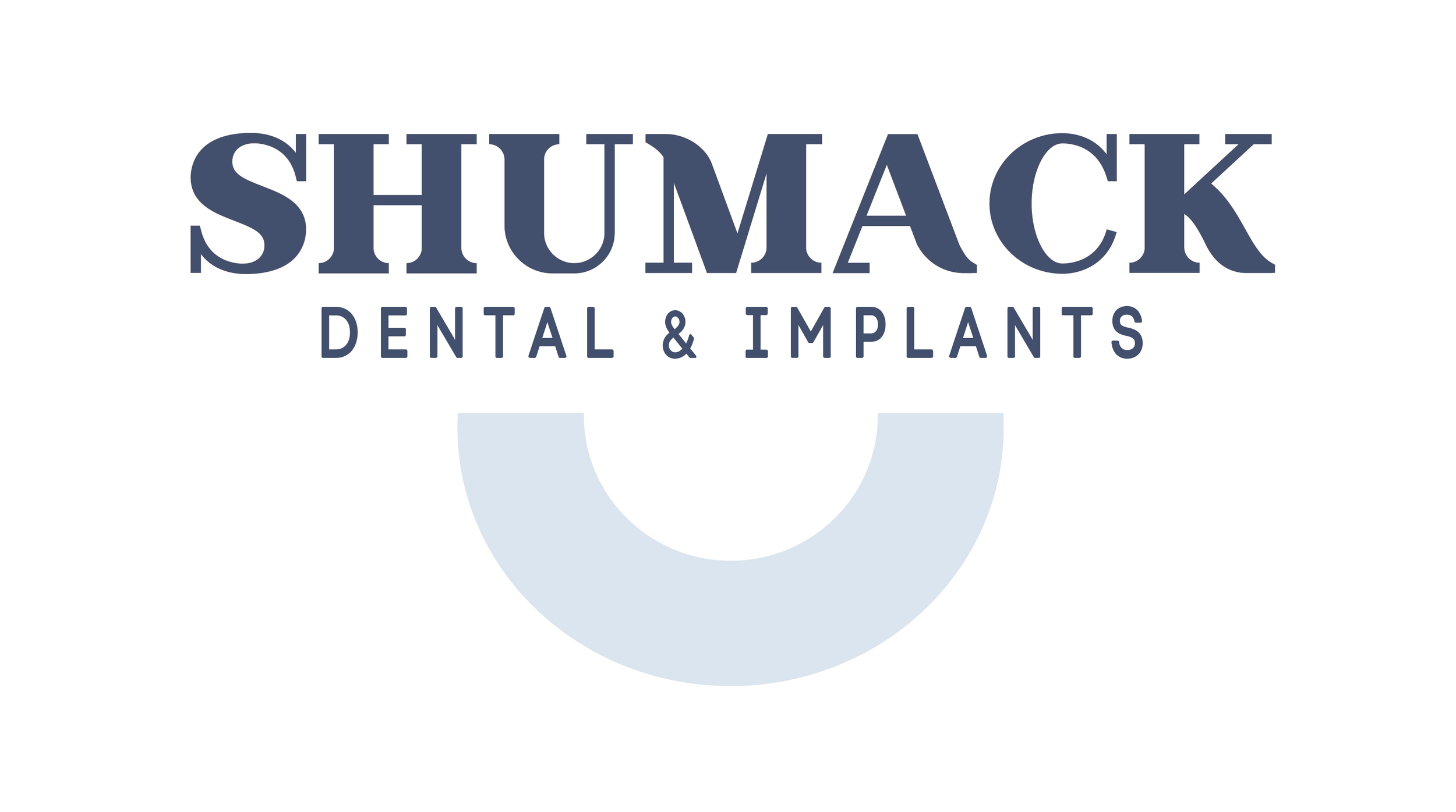Teeth Whitening - The science and What actually works?
By Dr Tom Shumack, BSci (Syd. Uni), BDent (Hons) (Syd. Uni)Grad Dip Clin Dent (Oral Implants) (Syd.Uni) MRAACDS (PDS)
Have you ever wondered why some whitening products seem to work wonders, while others do next to nothing? With so many gels, strips, pastes and lights on the market, it’s no surprise patients often ask us: “What actually works to whiten teeth — and is it safe?”
At Shumack Dental & Implants in Wagga Wagga, we believe in providing honest, evidence-based answers — not marketing fluff. So here’s a science-backed look at the most common whitening options, what’s inside them, and what you can realistically expect.
The Key Ingredient: Peroxide (and Its Cousins)
Most proven whitening treatments use either hydrogen peroxide or carbamide peroxide. These ingredients work by penetrating the tooth and breaking down coloured pigments inside the enamel — not just surface stains. The result? A brighter, lighter shade.
• In-chair whitening uses a high-strength hydrogen peroxide solution (25–40%) applied by your dentist, usually with gum protection and often with a light.
• Take-home trays use a gentler carbamide peroxide gel (10–20%), custom-fitted to your teeth and worn for an hour or two each day over 1–2 weeks.
Both approaches are effective, with take-home trays offering more gradual results and less risk of sensitivity.
A newer option, PAP (phthalimidoperoxycaproic acid), is sometimes marketed as a ‘non-peroxide’ alternative. It works differently — targeting stain molecules without the free radicals — and some early studies suggest it may be gentler on enamel. But PAP products don’t yet have the long-term research to back them the way peroxide does.
How You Use It Matters
Let’s break down the main ways people whiten their teeth:
1. In-Chair Whitening
Done by your dentist, this is the fastest method — often lightening teeth by several shades in just one visit. It’s ideal if you’re getting ready for a big event and want fast results. However, the stronger solution can cause short-term sensitivity.
2. Custom At-Home Trays
These are made just for your teeth and used with professional-strength gel. While the results take longer, they’re just as effective — and often more comfortable. You control how much and how often you whiten.
3. Over-the-Counter Whitening (Strips, Paint-Ons, Toothpastes)
Whitening strips with low levels of peroxide can brighten mildly stained teeth over a couple of weeks, but results are limited. Most whitening toothpastes only remove surface stains through abrasion — they won’t truly lighten the internal tooth colour.
Is Whitening Safe?
Yes — when used correctly and under professional supervision.
Some people do experience mild, temporary tooth sensitivity. This happens because the whitening agents can travel through the enamel and irritate the inner tooth (the pulp). But it usually settles within a day or two.
As for enamel damage? The good news is that peroxide-based whiteners have been shown to be safe in multiple studies. Any minor changes to enamel are usually reversed by your own saliva or fluoride toothpaste. That said, overuse or poor-fitting trays (like those found online) can irritate the gums or lead to uneven results.
At Shumack Dental, we tailor whitening to your specific needs — including pre-existing fillings, sensitive teeth, and gum health.
So, What’s the Best Whitening Option?
It depends on your goals and comfort:
• Want the quickest result? In-chair whitening will get you there in one visit.
• Prefer gradual change with less sensitivity? Custom trays used over a week or two are ideal.
• On a tight budget or only have light staining? Whitening strips can help, but don’t expect dramatic changes.
• Just trying to maintain your smile? A whitening toothpaste might help remove surface stains between treatments.
Ready to Brighten Your Smile?
Teeth whitening isn’t one-size-fits-all. At Shumack Dental & Implants, we help patients across Wagga Wagga and the Riverina choose the whitening method that fits their lifestyle, goals, and enamel health. We’re here to make sure your smile gets the care — and the results — it deserves.
Want to know which option is right for you? Book a consultation with Dr Tom Shumack, Dr Emily Grant, Dr Teresa English or Dr Josh Dunn and let’s tailor a plan that’s effective, safe, and backed by science.
